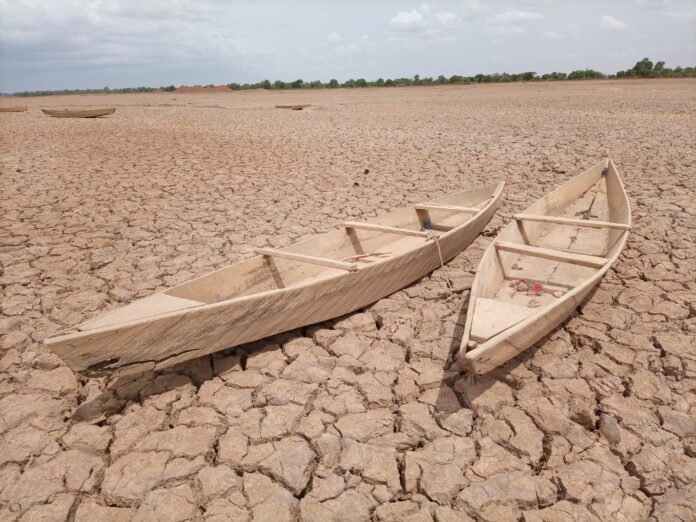The Indonesian Meteorology, Climatology, and Geophysics Agency (BMKG) have predicted that the phenomenon of rising sea surface temperatures or El Nino will appear in the second semester of 2023.
Dodo Gunawan, the Head of the Climate Change Information Center of BMKG, stated that there is a possibility of El Nino occurrence in the second semester with weak intensity.
He also mentioned that the current weather conditions in Indonesia are normal until mid-2023 as La Nina has ended, but El Nino has not yet appeared.
Dodo predicted that the strength of El Nino this year will not be as severe as in 2015 or 2019. He also warned about the potential impact of a strong El Nino, which could cause prolonged droughts and result in dryness in all agricultural and forest areas.
Additionally, the risk of large and uncontrolled fires would increase, especially in peatlands, if land-clearing activities were carried out by burning during dry conditions.
Dodo emphasized the importance of using the BMKG information as an early warning to take early action to prevent or minimize potential risks.
He added, “If we ignore the early warning, it will be difficult to handle the situation when it occurs, as happened in 2015. In terms of disaster management, there are two groups of government officials – upstream and downstream. The upstream group provides early warning, while the downstream group conveys the early warning to take immediate action to prevent or minimize the danger.”
He stressed that there should be no gap between early warning and early action and that both should be considered prevention efforts.
The upstream group’s responsibility is to build and provide an effective Early Warning System (EWS), while the downstream group’s role is to develop a culture of disaster awareness, preparedness, and response among communities.
As the El Nino phenomenon is expected to appear in the second semester of 2023, this information serves as a timely reminder for the Indonesian government and stakeholders to prepare and take necessary steps to prevent or mitigate the potential risks that may arise.























